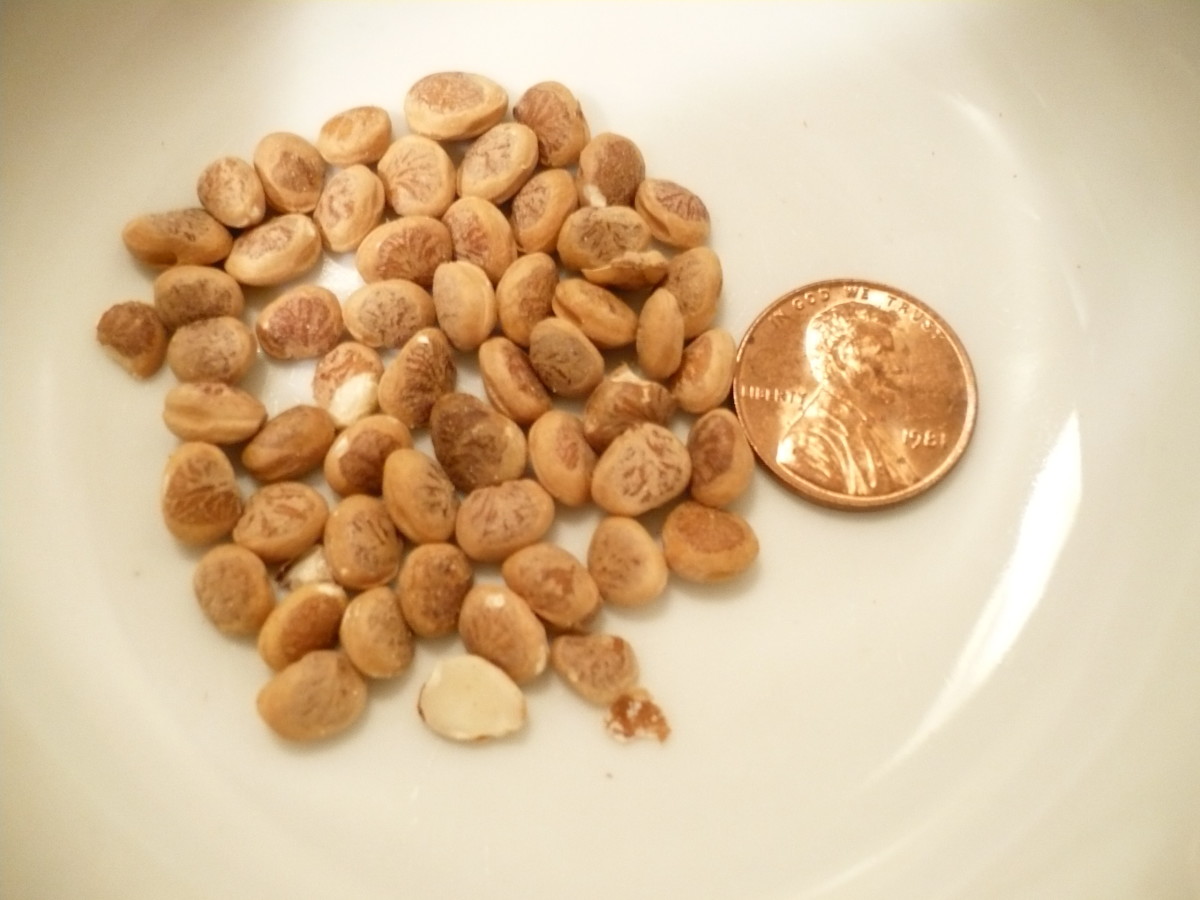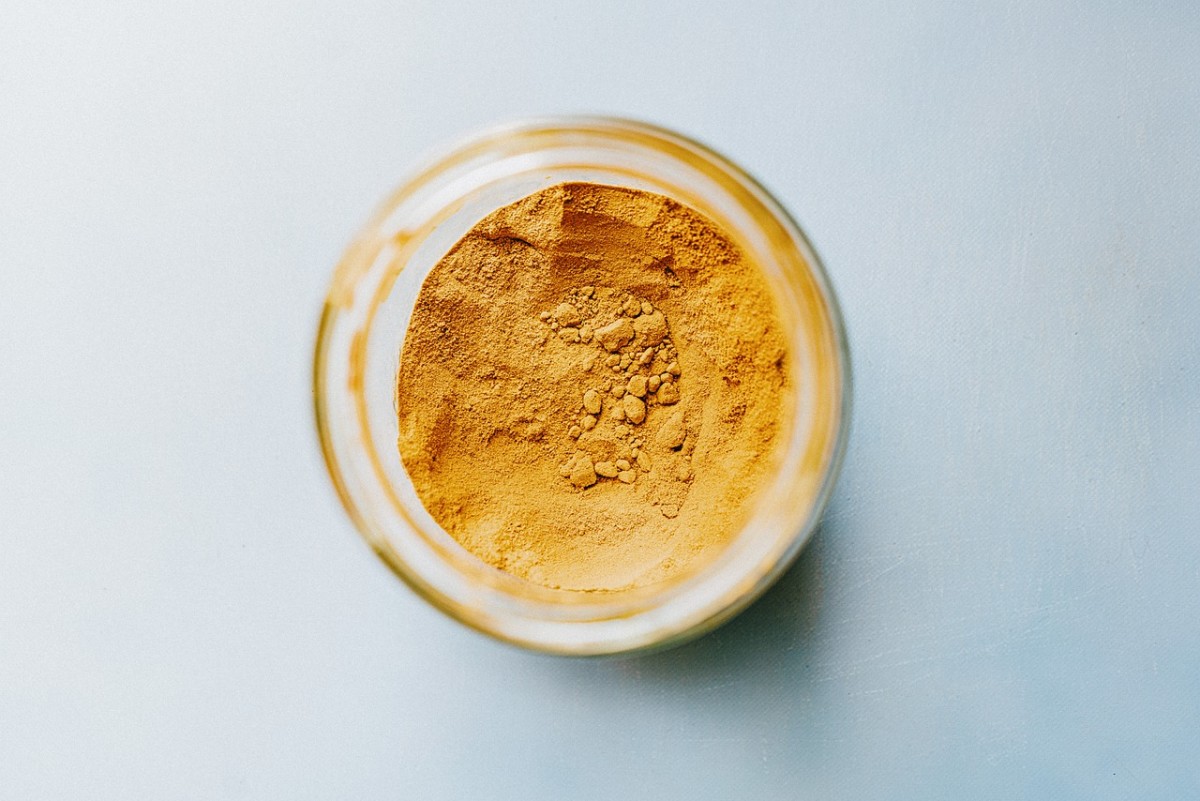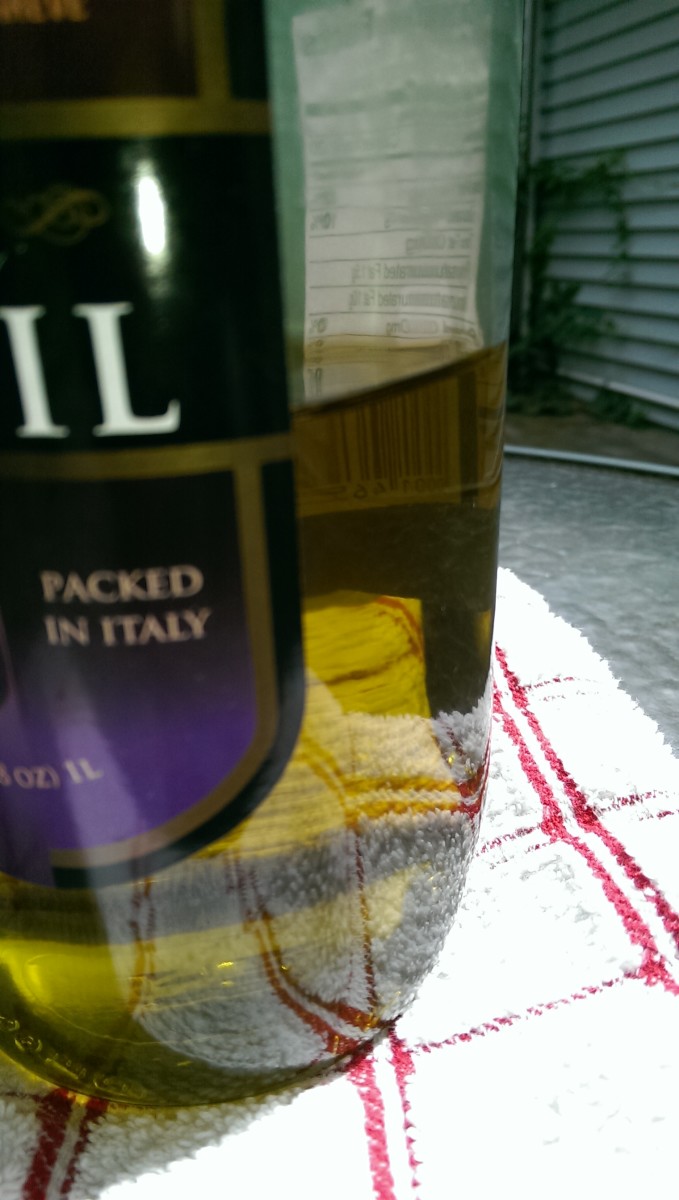Traditional Medicines for Modern Times: Fenugreek seeds for diabetes
Fenugreek plants and seeds
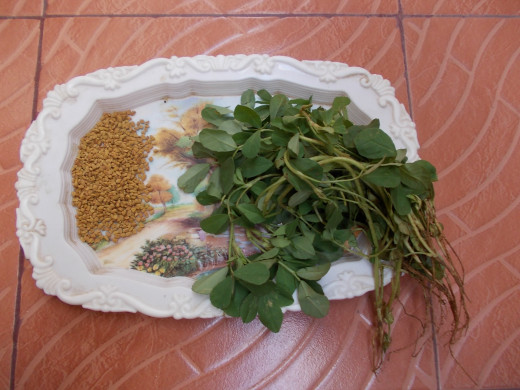
Fenugreek – A Wonderful Medicinal Spice
Fenugreek (Trigonella joenum-graecum L.) belongs to the legume or bean family and is one of the oldest known spices used in different parts of the world. Trading of its seeds in India can be dated back to 2000 -1700 B.C. Apart from being used in various food items, the medicinal properties of the leaves and seeds have been well recognized by our ancestors many centuries back. Fenugreek was referred to as a medicinal herb in both traditional Chinese medicines and Ayurveda (medical system of Indian origin). Its use as wound healers, promoters of breast milk in lactating women and as a aphrodisiac are some of the old and well known uses of fenugreek. The seeds of fenugreek are also known as ‘house-money herb” in some parts of the world, as it is believed that by keeping a few seeds in an open container in the kitchen one can attract money to home.
Fenugreek is known with different names like Alholva, Bird's Foot, Greek Hayseed, Methi, Methika, Menthi, Chandrika, Bockshornsame, Greek Clover, Egypt Fenugreek, etc.
Fenugreek Plant
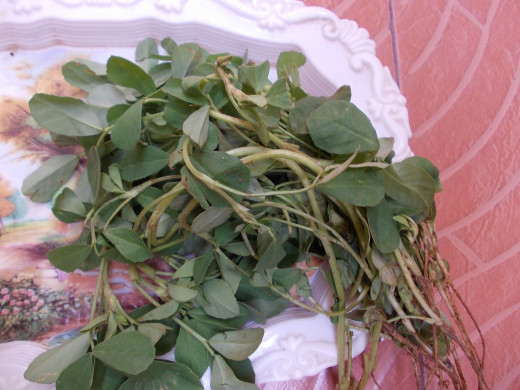
Fenugreek – An Effective Cure for Diabetes
There was a time when people used to rely on herbs with confidence for small and big medical problems. The current trend is to approach the doctor and get relieved of the problem immediately, by taking some medicines. Diabetes is a silent killer which is spreading amongst all populations at an epidemic rate. It is very pathetic to see even small kids suffering from this disease and depending on injections. Currently, a lot of research is being conducted to analyze the efficacy of various herbs in treating deadly diseases like cancer, diabetes, etc. Research on fenugreek is a part of this. Fenugreek has been found to be effective in reducing the blood sugar levels in people suffering from both Type1 and Type 2 diabetes. I won’t claim that it can be an alternative to diabetic medicines always, but definitely, it can decrease the dependency on medication. In this article I would like to discuss about the facts which make fenugreek diabetes-friendly.
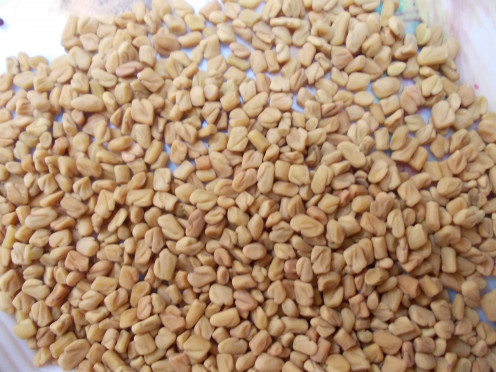
Read about the importance of antioxidants at
- How does reactive oxygen species harm our body?
Free radicals hamper the normal functioning of the body. There are many factors which increase the concentration of free radicals within our body. To nullify their effect we need to consume a lot of antioxidants rich fruit. It is time to believe “Shi
Fenugreek Seeds
The small-sized golden yellow colored seeds of the fenugreek plant are the most useful part of the fenugreek plant. These bitter tasting seeds have been used as spices and condiments since ages.
- Fenugreek seeds are the richest source of dietary fiber. 100 g of seeds provide 24.6 g of dietary fiber, which means by consuming 100g of these seeds our 65% of the dietary requirement is fulfilled (an average adult requires 25-30g of dietary fiber every day). Generally, green leafy vegetables are considered to be rich in dietary fiber, but these seeds can provide us all the benefits associated with fiber even after consuming them in small quantities. Isn’t that great!
- The fiber content of fenugreek seeds has the unique ability to moderate metabolism of glucose in the human digestive tract. It lowers the glucose absorption in the intensities and hence controls the blood sugar levels.
- The fiber content of these seeds is rich in non-starch polysaccharides like saponins, hemicelluloses, mucilage, tannins and pectin which inhibit the re-absorption of bile salts in the colon, hence reducing the levels of bad cholesterol (LDL) in the blood. As a result, these seeds are also effective in reducing the cardiovascular risk. Saponins show a hypoglycaemic effect.
- Apart for assisting in the smooth digestion, the fiber content also facilitates easy bowel movement.
- As fenugreek seeds are rich in mucilaginous fiber comprising of galactomannans, they have the potency to improve glucose tolerance. The digestion and absorption of starch in body is reduced in the presence of galactomannans which also decrease the uptake of bile salts in the intestines.
- It gives a feeling of satiety, hence reducing the intake of calories rich food.
- 100g of fenugreek seeds provide 25.4 g protein which is rich in a rare amino acid 4-hydroxyisoleucine. This amino acid can stimulate insulin activity and hence acts as a facilitator of insulin secretion.
- The enzymes controlling the glucose uptake into the lens of the eyes fail to function during diabetes. Due to this, glucose and its metabolites like sorbitol and fructose get accumulated in the tissues of the lens, leading to diabetes-related cataracts. Fenugreek seeds can partially reverse the metabolic changes taking place in the lens. The consumption of fenugreek seeds prevents the occurrence of cataract in diabetic patients.
- These seeds are an effective source of natural antioxidants.
Some Other Beneficial Effects of Fenugreek Seeds
Apart from being anti-diabetic, these seeds also show some beneficial effects like -
- They show anti-cancerous activity
- Exhibit Hypocholesterolemic activity
- Influence the enzymatic activity
- Modulates the immune responses by either intensifying them or diminishing them
- Anti-fertility effect of these seeds was studied in rabbits
- Shows ulcer protective effects
- It eases child birth
- It cures acid burns and heat reflux
- Fenugreek seeds paste can effectively cure skin inflammations and scars, hence acting as a solution to skin problems like boils, burns, etc.
- Fenugreek seeds powder is used in natural face packs, as it prevents the formation of black heads, pimples, etc.
- Improves the texture of hair and controls hair fall
- Helps in losing weight
- Natural cure for fever. The mixture of fenugreek powder along with lemon or honey relieves from fever.
- Controls loose motions when consumed along with curd, yoghurt or buttermilk
Ease In Growing Fenugreek Plants and Its Advantages to Environment
Fenugreek is an annual crop and hence can be easily incorporated into short term crop rotations. The sprouted seeds can be used to get these plants even in terrace farms. These plants benefit the soil by fixing the atmospheric nitrogen. It also acts as a source of huge biomass in a short period of time and hence, increases the organic content of the soil.
How to include fenugreek seeds in your diet?
Studies have shown that even 5gm of fenugreek seeds taken everyday can reduce the blood sugar levels. But depending on the health condition, the quantity to be consumed can also be 30gms per day. For example, people with high cholesterol levels require a higher dosage of these seeds.
- The best way to consume these seeds is to soak them with water and allow them to sprout. These seeds can be taken early in the morning along with water. But many people avoid it because of the bitter taste of these seeds. In that case, these seeds can be included in our daily diet in a number of ways:
- I include a handful of these seeds along with other dals during the preparation of the batter used for the preparations of idlis or dosas.
- It is a common practice to put tadka in our dals daily. Fenugreek seeds are one of the five ingredients used in tadka. We allow the spices to splatter in a little bit of oil and pour it in the dals (pulses).
- The seeds can be roasted dry to remove the bitterness and are used along with dals and coriander seeds to prepare curry powders and sambar masala powder. Sambar is a famous South Indian dish.
- Its powder is used during the preparation of a mango pickle (avakai).
- The fenugreek tea prepared by boiling water along with seeds followed by the addition of sweeteners can be used as a healthy refreshing drink.
Did you ever include Fenugreek seeds in your diet?
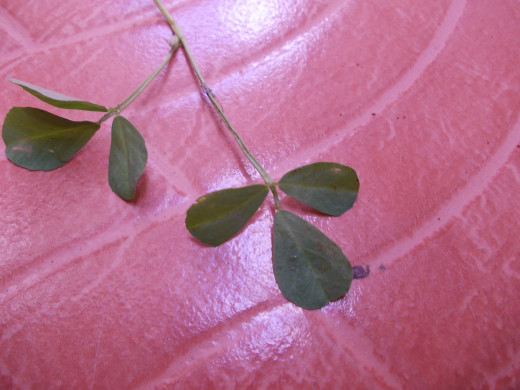
Fenugreek Leaves as Green Leafy Vegetable
Fenugreek leaves too are used as a Green Leafy vegetable in India.
Typical dishes are:
- Tender leaves are added to flour and made into rotis (home-made bread)
- Leaves are added to lentils (dal) of different types and boiled. This is consumed along with rice or bread
- Leaves are mixed with potato pieces and made into a curry
- Leaves are added to rice and made into pulav.
Some other articles on medicinal herbs
- Bilberry and It's Effects on Health
Berries or leaves of Bilberry are used by herbalists for therapeutic purposes due to its multiple health benefits. Let us explore its effects on our body systems. - Arnica- A medicinal herb
Arnica is a perennial herb, well known for its medicinal properties. It is widely used in homeopathic medicines for the treatment of pain and inflammation. Let us discover other benefits of Arnica - Elderberry – A jewel of the garden
Elderberry is a great plant to be added in your garden as it is useful in number of ways to the mankind. Discover the multiple advantages of this plant.


